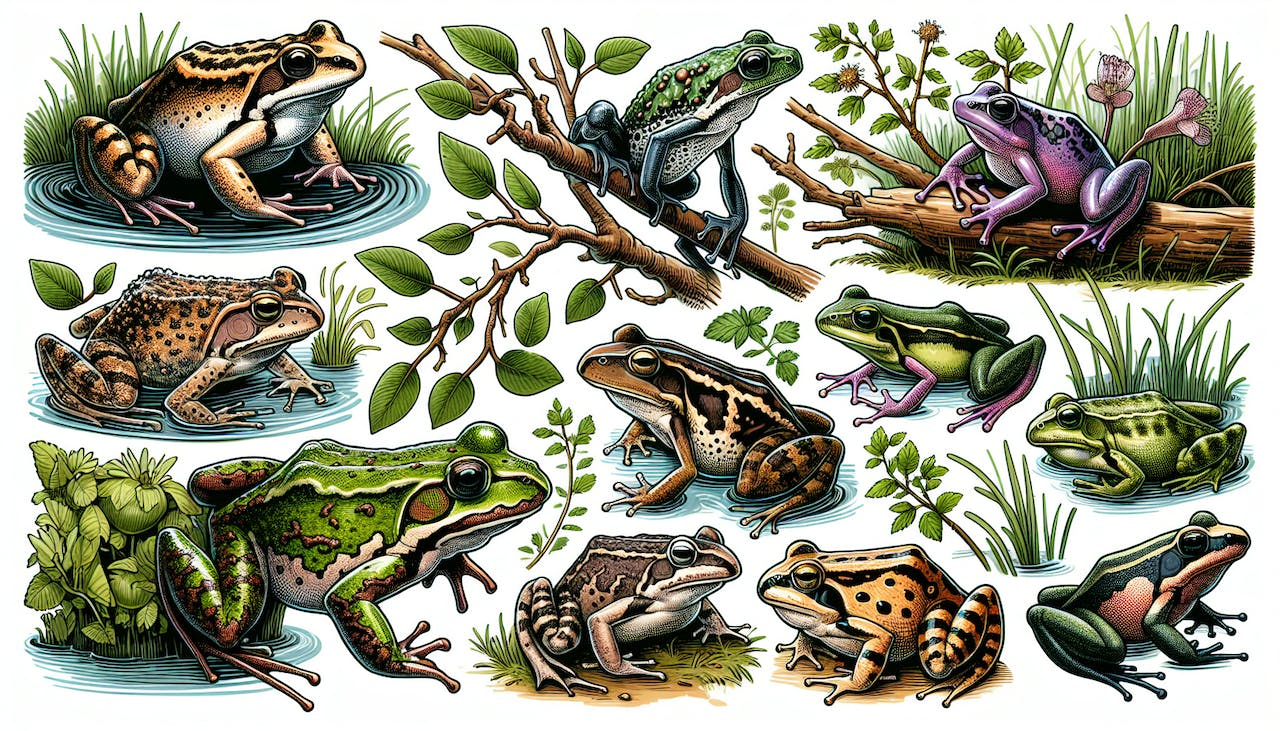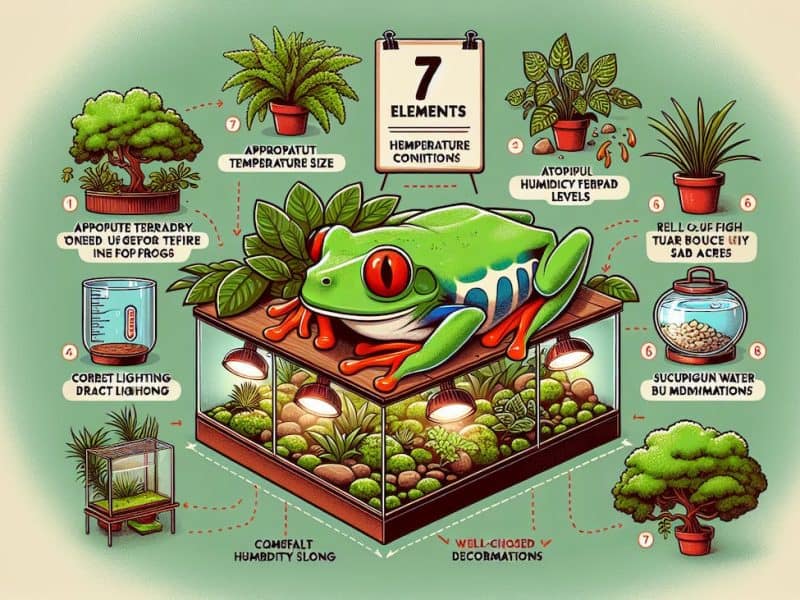Frogs have very sensitive skin that allows them to breathe and absorb water. This also makes them sensitive to chemicals and strong scents. Mint contains menthol and other strong-smelling oils that can irritate a frog’s skin. Additionally, mint repels insects which frogs eat. For these reasons, frogs tend to avoid areas with mint plants.
Frog Skin Sensitivity
A frog’s skin serves many important functions, including:
- Breathing – Frogs breathe partially through their skin. Chemicals that irritate frog skin can make breathing difficult.
- Moisture absorption – Frogs need to keep their skin moist in order to survive. Anything that dries out their skin puts them at risk.
- Protection – Frog skin secretes mucus and other substances to protect against germs and fungi. Irritating chemicals can interfere with this protective barrier.
So frog skin is very delicate and sensitive. Strong scents from plants like mint can cause skin irritation and discomfort. The menthol and other oils in mint can disrupt the mucus layer on frog skin. This can lead to problems with breathing, hydration, and immunity.
Insect Repelling Properties of Mint
Frogs eat live insects and bugs like flies, mosquitoes, crickets, worms, and spiders. These small invertebrates make up the main part of a frog’s diet. Mint contains natural insect repellent chemicals like menthol, pulegone, caryophyllene, and linalool. These oils overwhelm insects’ chemical sensors, masking scents that attract them to an area. Various mint species have been shown to effectively repel mosquitoes, flies, and other insects. So areas with mint plants will have fewer of the insects and bugs that frogs feed on. With less prey around, frogs are less likely to frequent areas where mint grows. They will seek out other locations with higher insect numbers to hunt and feed.
Behavioral Avoidance
In addition to physical irritation and lower insect numbers, frogs may behaviorally avoid the strong scent given off by mint plants. This likely serves as an innate warning cue passed down genetically over time. Frogs that lingered around mint plants in the past may have experienced skin irritation, breathing issues, or other problems that impacted survival and reproduction. So the frogs that avoided mint and favored other plants would have been more successful. This would lead to natural selection of frogs that instinctively avoid mint’s strong odor. Just like frogs avoid the scent of predators, the mint scent may signal danger on a primal level. So modern frogs continue to exhibit avoidance behavior when encountering mint smells.
Experimental Evidence
Scientists have done experiments to study mint’s effects on frogs and their avoidance behaviors:
- Researchers allowed frogs to roam an area with soil containing mint oil. The frogs spent less time in the mint oil areas, demonstrating avoidance.
- In another test, tadpoles were placed in water with spearmint oil. Many swam away from the minty water to other areas of the tank.
- Frogs exposed to high concentrations of mint chemicals showed signs of skin darkening and stress. This reveals the skin irritation caused by mint.
So through these experiments, scientists have documented clear avoidance behaviors when frogs encounter mint. The evidence points to mint’s strong scent and insect-repelling oils as the reasons behind this avoidance.
Conclusion
In summary, frogs avoid mint because of:
- Skin irritation from mint’s menthol and oils
- Lower insect numbers around mint’s insect-repelling chemicals
- Innate avoidance behaviors that have evolved over time
Mint’s strong fragrance and tendency to dry out moisture interfere with frogs’ delicate skin balance. And areas where mint grows have fewer juicy bugs for frogs to feed on. So frogs have learned to steer clear when they detect the scent of mint plants. This keeps them happier and healthier in the wild.



